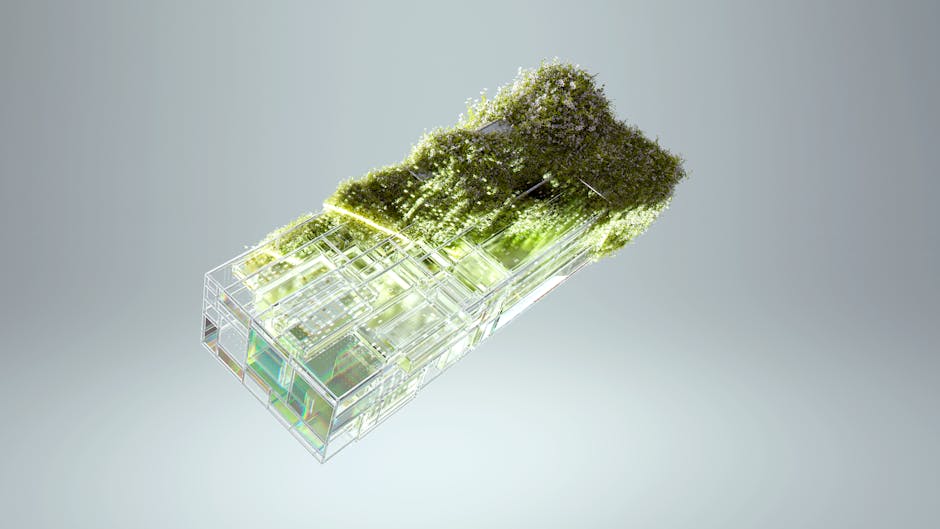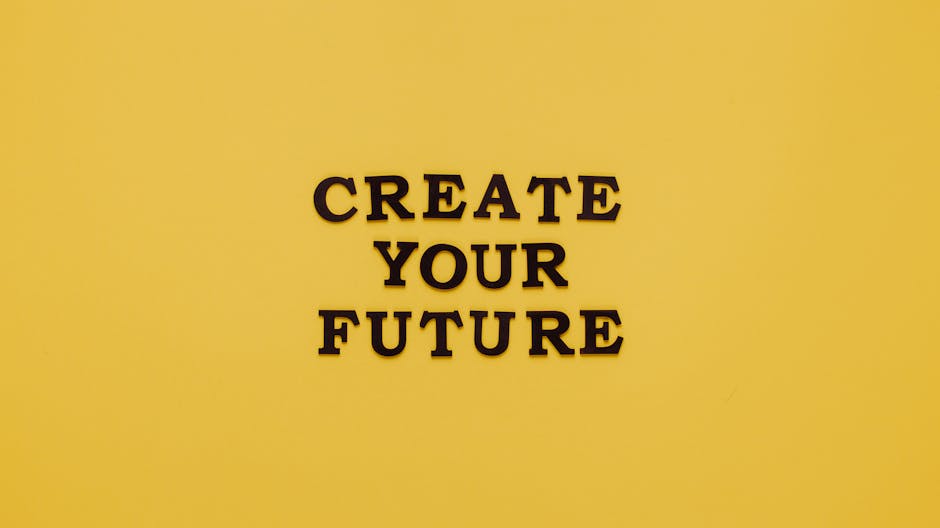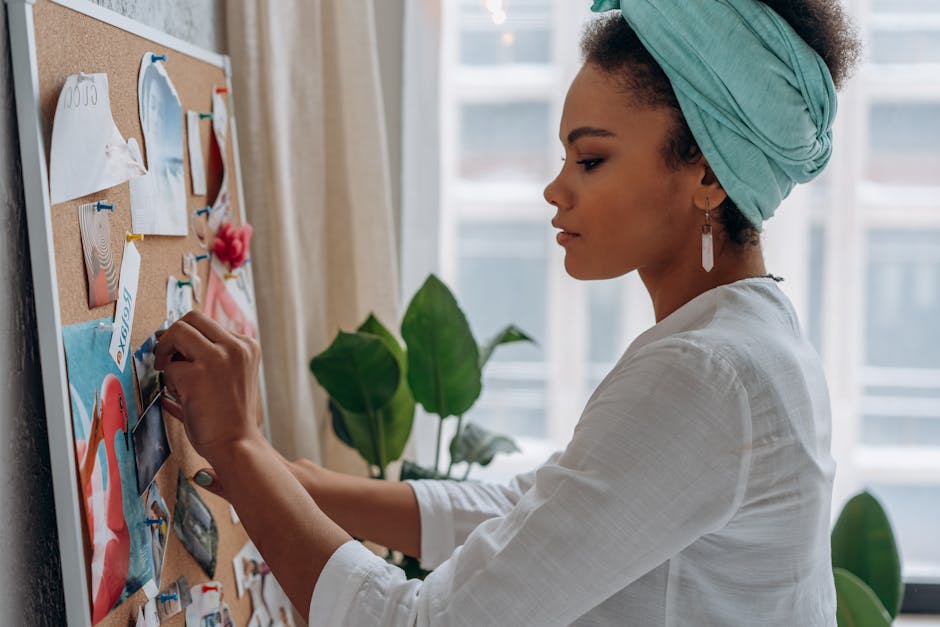Biophilic Design: Create Nature-Inspired Digital Shadow Boxes Today
In our increasingly urbanized world, the yearning for nature as part of our daily lives has never been more relevant. Imagine stepping into your home and instantly feeling rejuvenated by elements that showcase the beauty of the outdoors. Biophilic design embodies this concept, aiming to bridge the gap between nature and the indoor environment. In this context, digital shadow boxes have emerged as innovative tools that allow you to integrate natural elements – think soil, preserved plants, and even augmented reality experiences – into stunning displays, enhancing not just aesthetics but also overall well-being. This article will guide you through creating your own shadow boxes that breathe life into your home décor while reflecting a refreshing personal touch.
Understanding Biophilic Design: Why It Matters

Biophilic design is more than just a trend; it’s a pivotal philosophy in the realm of interior design focused on creating spaces that foster a connection to nature. Studies show that incorporating natural elements into our living environments can significantly decrease stress levels, enhance creativity, and improve psychological well-being. This design ethos taps into our innate desire to connect with nature, thereby elevating our mood and productivity.
The psychological benefits of biophilic design are profound. A study published in the journal Environmental Psychology highlighted that exposure to nature improves attention and reduces mental fatigue. Additionally, another report released by the Harvard Business Review accentuated that workplaces adorned with plants boost employee satisfaction and performance. These findings underscore the importance of incorporating these elements into our homes as well as offices.
To leverage the principles of biophilic design at home, a terrific way to start is through crafting digital shadow boxes. Not only do they serve as enchanting pieces of art, but they also evoke tranquility and joy by bringing nature indoors.
Crafting Your Digital Shadow Box: A Step-By-Step Guide

Creating a digital shadow box is both a rewarding and creative endeavor. Below is a detailed guide to help you build your own, incorporating natural elements that resonate with your personal aesthetic.
Materials You Will Need

To create your digital shadow box, gather the following materials:
- Shadow box frame (available in various sizes)
- A selection of preserved plants (such as moss, flowers, or leaves)
- Natural elements (soil, wood, pebbles)
- LED lights (optional for ambient glow)
- AR (Augmented Reality) enhancements
- Hot glue gun and glue sticks
- Background material (fabric, paper, or snippets of nature photography)
- Scissors, tweezers, and craft knife
Step 1: Plan Your Design

Begin by visualizing the overall layout of your shadow box. Decide on a theme—will it be a woodland scene, a desert landscape, or perhaps an underwater oasis? This step is crucial as it narrows down your design choices.
You can browse digital inspiration platforms like Pinterest or even refer to our blog post on transforming home décor with AR. This will help you see how augmented reality can enhance the visual experience of your shadow box.
Step 2: Assemble a Natural Foundation

Place your natural elements in the shadow box frame. Start with soil at the bottom, as this symbolizes grounding and provides a base for your preserved plants. Accentuate this with small pebbles or wood chips around the plants to create a breathtaking visual effect.
Step 3: Integrate Digital Enhancements

Here’s where innovation meets creativity. Use augmented reality applications to add digital elements. For instance, scanning a specific area of the shadow box with a smartphone can reveal virtual butterflies flitting about or soothing sounds of nature that immerse you completely in your creation.
Consider checking out insights from the Moz blog for tips on how to effectively implement AR into your décor projects.
Step 4: Finalize Your Display

Confirm where you will hang or place the shadow box; it should be visible in a living area or a quiet corner dedicated to relaxation. Be sure to balance the colors and spacing of elements inside the box for visual harmony.
Step 5: Add the Touch of Lights

If you opted for LED lights, place them strategically around the plants to create a soft glow. This is especially delightful in evening lighting, adding an extra layer of enchantment to your shadow box.
The Psychological Benefits of Your Creation

Creating your digital shadow box goes beyond aesthetics. The real power lies in the experience of crafting it—the process itself serves as a therapeutic activity, allowing your creativity to flow freely. Engaging in arts and crafts has been shown to reduce anxiety and encourage mindfulness, helping individuals focus on the present moment.
Moreover, when viewers interact with their shadow boxes—whether appreciating the beauty of their constructed realm or using AR elements to further involve themselves—the effect is a boost in mood and a deeper connection to nature.
Incorporating nature-inspired elements into your daily interactions can lead to a more profound appreciation for the environment, encouraging habits that promote conservation and respect for the natural world. The emotional bond created through the tactile and visual aspects of your shadow box can transform your space into an oasis of wellness.
More DIY Ideas to Embrace Biophilic Design

If you're inspired to take your biophilic design journey further, consider exploring additional DIY projects that complement your shadow box. For example, crafting sensory spaces by engaging all five senses can significantly enhance your home atmosphere. You may enjoy examining our article on crafting sensory spaces to discover new ideas.
Additionally, learning how to create a serene Zen retreat from unused closet space can yield beautiful results. Dive into our guide on transforming your unused corners into a peaceful haven by visiting this link for inspiration.
Biophilic Design Meets Tech: Future Trends

As technology continues to evolve, the intersection of biophilic design and digital advancements will become increasingly seamless. Imagine smart gardens that incorporate sensors to monitor plant health or virtual landscapes that transport you to serene environments right from the comfort of your home.
With advancements like these becoming more prevalent, now is the perfect time to embrace biophilic design principles in your home. Such innovations can transform ordinary spaces into extraordinary environments that facilitate wellness and creativity.
Final Thoughts: Bringing Nature Home
The world is yearning for natural elements more than ever, and utilizing biophilic design through digital shadow boxes presents a unique opportunity to cultivate a connection to the earth within our own living spaces. By embracing this form of art, you can create objects that are not only visually stunning but also contribute positively to your mental health and well-being.
As urban living spaces become increasingly disconnected from nature, your beautifully crafted shadow box can stand as a testament to your commitment to bringing the outdoors in. Experiment with your design, share your creations, and encourage loved ones to engage in this enriching pastime.
So grab your materials, let your imagination take flight, and create a sanctuary that reflects your affinity for the natural world.
